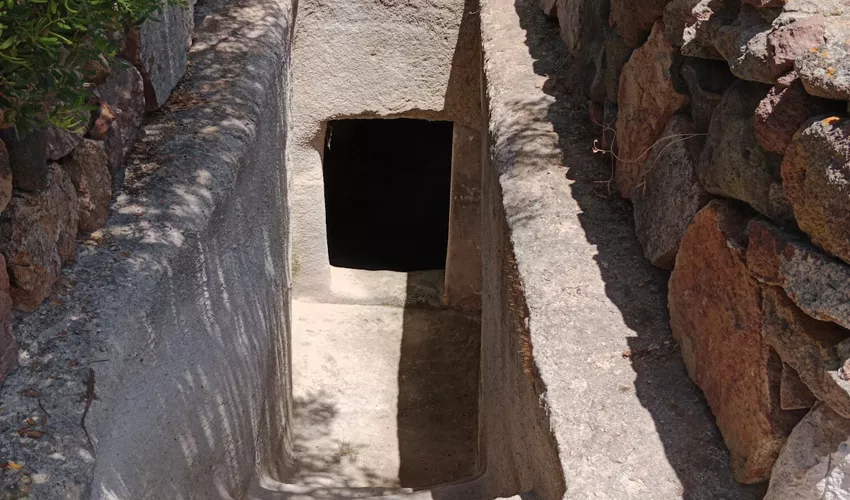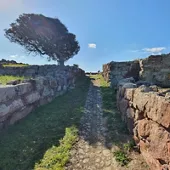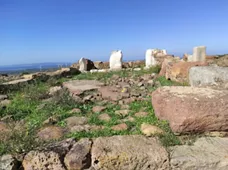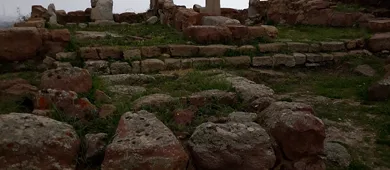



Overview
The Serbariu Mine, located in Carbonia in the Sulcis area, stands as a tangible and powerful testament to the industrial history of Sardinia and Italy in the 20th century. Operating between 1937 and 1964, it was one of the most important coal mining centers in the country, established during a period when the Fascist regime aimed for national energy self-sufficiency.
The coal deposit covered an area of 33 hectares and included nine shafts and an underground tunnel network stretching over one hundred kilometers, with some shafts reaching depths of 179 meters. The city of Carbonia was founded specifically to accommodate the approximately 16,000 workers, coming from various Italian regions, who were engaged in this demanding and often dangerous work. The mine was not just a place of production but also served as the heart of the area's social and economic life, deeply influencing the daily life of the local community.
After years of abandonment, the site has been restored and transformed into the Coal Museum (Museo del Carbone), an exhibition and educational space that allows visitors to relive the mining experience through carefully reconstructed environments. The museum route includes the lamp room, where work tools, personal belongings, vintage photographs, and historical documents are preserved, enriched by videos and firsthand accounts from former miners. An underground gallery illustrates the extraction techniques used over the years, while the winch room houses the original machinery used to transport people and materials.
Today, the museum is managed by the Italian Center for Coal Culture, in collaboration with the Historical and Environmental Geomineral Park of Sardinia, and has received international recognition, including the patronage of UNESCO. Visiting the Serbariu Mine means immersing oneself in the memory of labor and the industrial history of Sulcis, ideally complementing the cultural journey offered by the nearby Monte Sirai Archaeological Park, which instead tells the story of the region's Phoenician-Punic heritage.